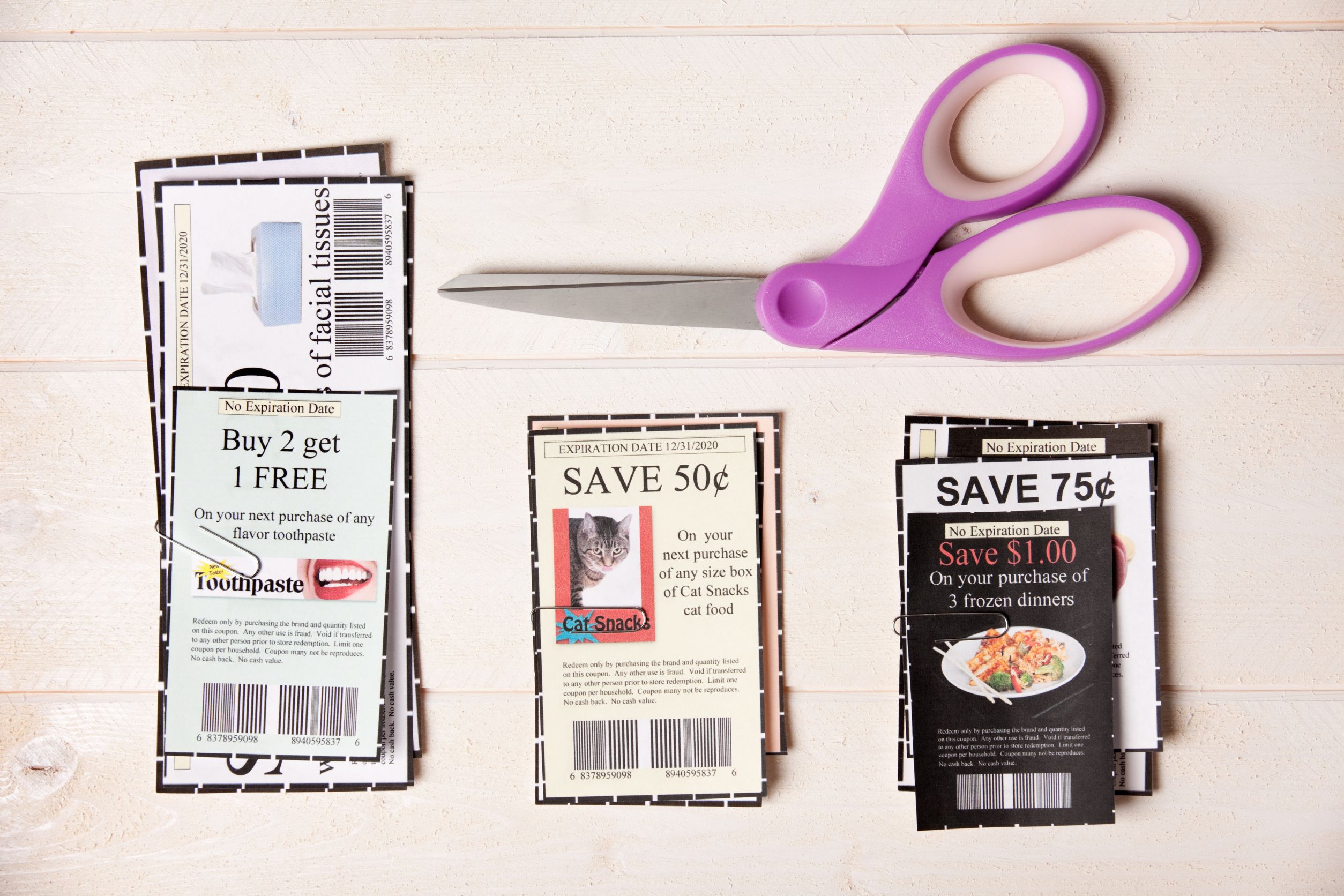The rising cost of living has forced many middle-class families to consider the habits of poor people. What was once considered a lifestyle of financial stability is now filled with budget cuts and cost-saving strategies. As inflation continues to rise, the middle class is adopting habits traditionally associated with lower-income households. These changes reflect the growing financial pressures and the need for smarter money management. Here are ten habits that the middle class is adopting to survive.
1. Living Paycheck to Paycheck
More middle-class families find themselves struggling to make ends meet each month. Rising housing costs, groceries, and healthcare expenses have left little room for savings. Many now rely on credit cards or side gigs to bridge financial gaps. Unexpected expenses can quickly spiral into long-term debt. This cycle creates stress and financial insecurity. What was once a challenge for the poor is now a reality for many middle-class households.
2. Relying on Dollar Stores
Shopping at dollar stores was once seen as a last resort, but now it’s a common strategy for the middle class. With rising grocery prices, families are looking for cheaper alternatives for essentials. Discount retailers offer household goods, groceries, and even name-brand items at a fraction of the price. Many now buy cleaning supplies, pantry staples, and even holiday decorations from these stores. The stigma around shopping at discount stores is fading. Saving money has become a necessity rather than a choice.
3. Couponing and Seeking Discounts
More middle-class consumers are turning to coupons and discount apps to save money. What was once a habit associated with extreme frugality is now a mainstream practice. Digital coupon apps and loyalty programs make it easier than ever to find deals. Many are combining coupons with cashback apps to stretch their budgets further. Looking for discounts on everyday purchases has become essential. Saving even a few dollars per transaction adds up over time.
4. Meal Planning and Bulk Buying
Middle-class families are meal planning to cut food waste and reduce grocery bills. Buying in bulk from warehouse stores helps lower per-unit costs on staple items. Cooking at home instead of eating out is a growing trend among those trying to save money. More people are preparing freezer meals to avoid expensive last-minute takeout. Stretching meals with affordable ingredients like beans and rice has become common. These habits of poor people help keep food costs manageable in an unpredictable economy.
5. Using Public Transportation
With gas prices fluctuating, many middle-class individuals are opting for public transit. Once seen as a low-income necessity, buses and trains are now a budget-friendly alternative. Many are ditching second cars to save on insurance, maintenance, and fuel. Biking and carpooling have also gained popularity. Some cities offer commuter incentives, making public transportation even more attractive. These shifts help cut transportation costs significantly.
6. Taking on Multiple Jobs or Side Hustles
Side hustles are no longer just for the financially struggling; they’re a necessity for the middle class. Many professionals are freelancing, driving for rideshare services, or selling products online. The gig economy has become a crucial safety net for covering expenses. Even those with stable jobs are looking for extra income streams. Passive income sources like rental properties or stock dividends are also growing in appeal. The middle class is working harder than ever to stay afloat.
7. DIY Home Repairs and Maintenance
Hiring professionals for home repairs is becoming a luxury. More homeowners are watching YouTube tutorials and learning to fix things themselves. DIY projects save hundreds or even thousands of dollars each year. From plumbing repairs to home painting, people are taking matters into their own hands. Tool-sharing groups and community workshops are growing in popularity. These skills help middle-class families cut unnecessary expenses.
8. Thrift Shopping for Clothes and Furniture
Secondhand shopping is no longer just for the financially struggling. Middle-class families are embracing thrift stores, online resale platforms, and community swap groups. Quality items can be found at a fraction of the cost of new ones. The stigma around buying used has diminished as sustainability trends grow. Many see thrift shopping as a smart financial move. This shift helps reduce spending while promoting eco-friendly choices.
9. Growing Their Own Food
More people are turning to backyard gardening to cut grocery costs. Fresh produce is expensive, and homegrown vegetables help offset food expenses. Community gardens and urban farming initiatives have gained traction. Even small herb gardens on apartment balconies are becoming common. Gardening also provides a sense of self-sufficiency. This practice helps families save money while enjoying healthier food options.
10. Delaying Major Purchases
Big-ticket items like cars, appliances, and vacations are being postponed. The middle class is holding onto older vehicles and repairing them instead of buying new ones. Luxury spending is being replaced by practical, necessary purchases. Many are waiting for holiday sales or clearance events to buy essentials. Financing major purchases with debt is now a last resort. Prioritizing needs over wants has become a financial survival strategy.
Survival Through Smart Choices
As economic pressures rise, the middle class is adapting the habits of poor people to cope. Many habits once associated with poverty are now essential survival strategies. Cutting costs, maximizing savings, and finding alternative income sources have become the norm. While these changes may seem challenging, they also promote financial awareness and resilience. By adopting these habits, families can maintain stability despite economic uncertainty. The key to financial survival is making smart, intentional choices every day.




